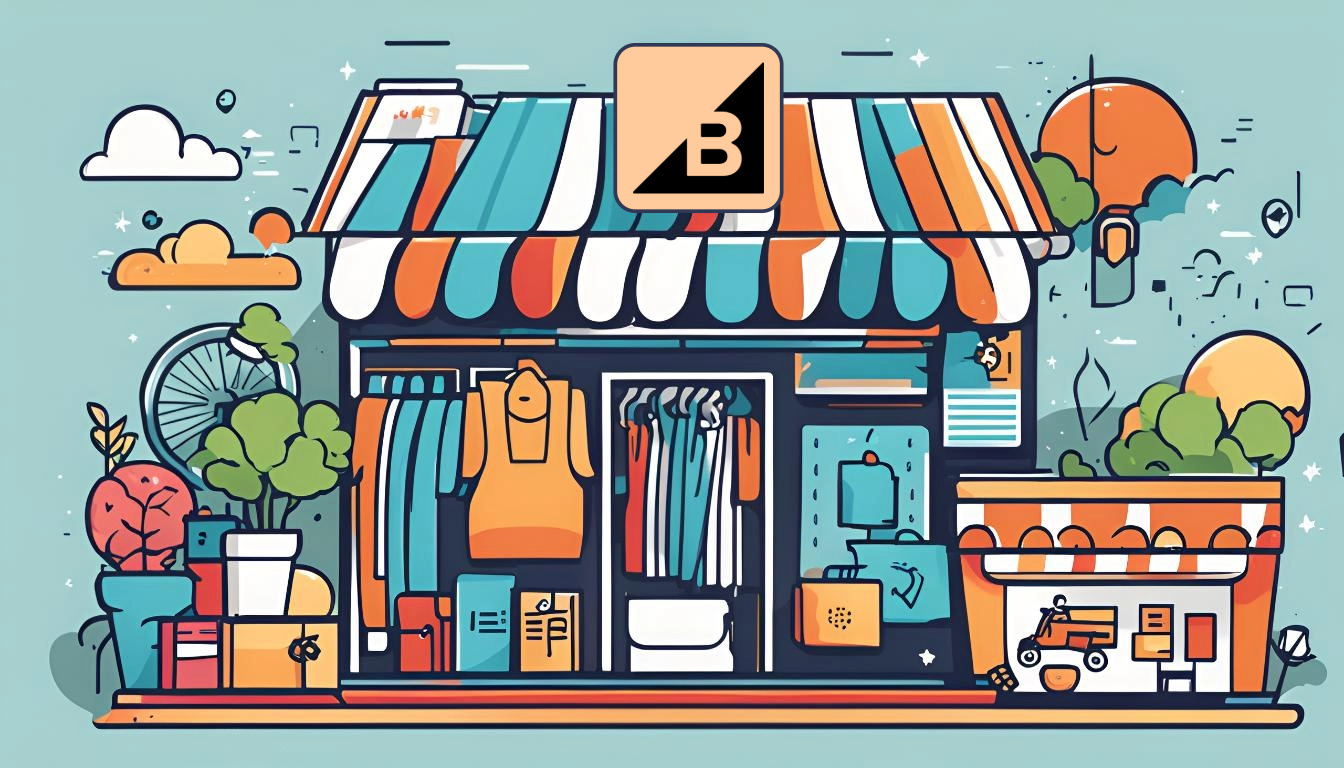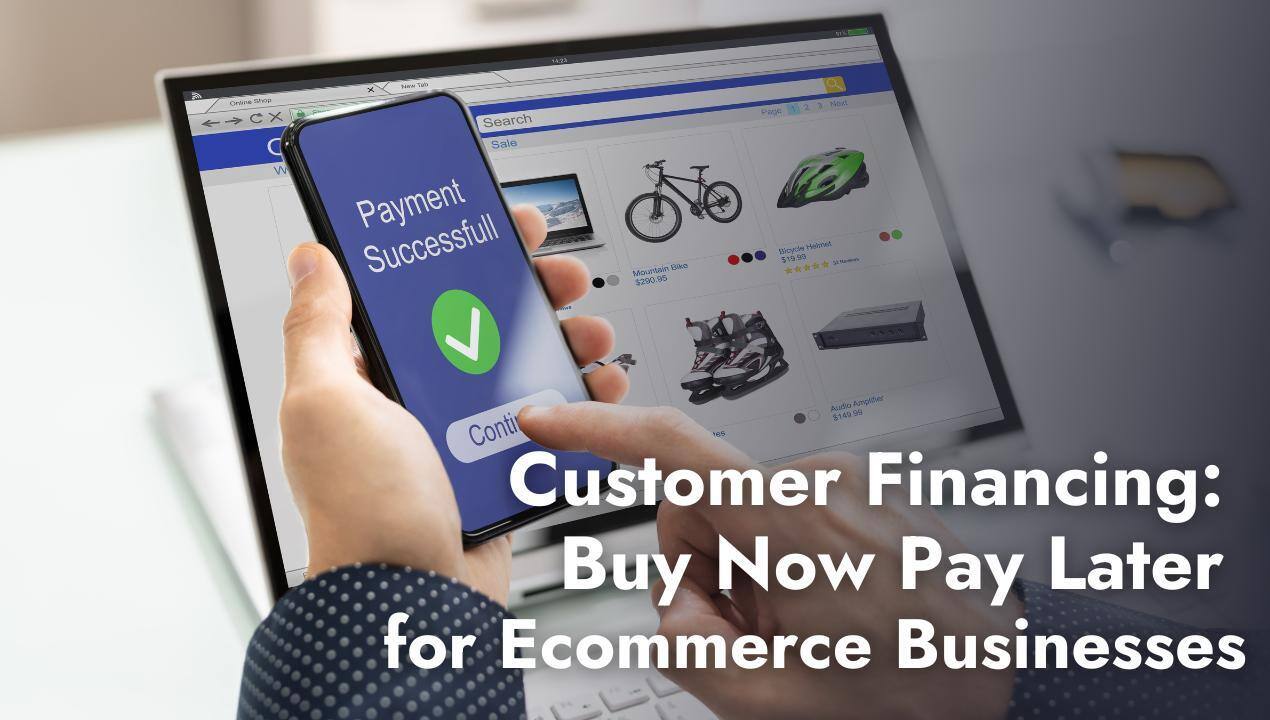Share this
5 Best Practices for BigCommerce Stores
by Shipfusion Team on Sep. 16, 2024

Running a successful ecommerce store requires not only a great product but also a robust platform that can handle your business' unique needs. BigCommerce is one of the most well-known, easy-to-use options out there today. But while setup is simple, success requires hard work.
This article will help you make the most of the time that goes into managing and marketing your site by outlining five best practices for BigCommerce ecommerce stores.
What You Should Know About BigCommerce
BigCommerce is a leading ecommerce platform designed to help businesses of all sizes build, manage, and scale their online stores. Founded in 2009, it has grown to support over 60,000 merchants worldwide, including well-known brands like Skullcandy, Ben & Jerry's, and CamelBak. The platform is renowned for its flexibility, scalability, and comprehensive feature set, making it a popular choice for both small businesses and large enterprises.
One of the standout features of BigCommerce is its ability to handle high volumes of traffic and transactions without compromising performance. This makes it particularly valuable for rapidly scaling direct-to-consumer (DTC) brands that experience frequent sales spikes. Additionally, BigCommerce offers a wide range of built-in tools for SEO, marketing, and analytics, allowing store owners to optimize their operations and drive more traffic to their sites.
BigCommerce also supports multi-channel selling, enabling merchants to list their products on various platforms like Amazon, eBay, and social media channels. This multi-channel capability is crucial for businesses looking to expand their reach and tap into new customer bases. Furthermore, the platform's robust API allows for seamless integration with third-party applications, providing additional functionality and customization options.
How to Make the Most of Your BigCommerce Ecommerce Store
BigCommerce stands out as an excellent ecommerce platform for small businesses and large businesses alike. However, in order to make the most of its features, everyone should adopt a few best practices:
1. Optimize Your Store for SEO
Search engine optimization (SEO) is one of the most important aspects of driving traffic to your BigCommerce store. BigCommerce is equipped with built-in SEO features, but to make the most of these tools, you need a strategic approach. Start by refining product titles, descriptions, and meta tags with highly relevant and search-friendly keywords.
Leverage BigCommerce’s customizable URL structure to create clean, keyword-focused URLs that enhance search engine visibility. Ensure that each URL accurately reflects the product or category it represents for better SEO performance. Additionally, make sure your site has a mobile-friendly design and fast loading times, which BigCommerce supports natively through its optimized themes and CDN integration.
BigCommerce’s built-in blogging feature is a powerful tool for content marketing and SEO. Regularly update your blog with articles, tutorials, or product highlights that provide value to your audience. Ensure that you link blog content to relevant product pages, categories, or collections using strategic internal linking. Doing so enhances SEO by keeping visitors engaged and guiding them toward purchase-ready pages. Also, configure SEO-friendly product reviews, as authentic reviews can improve search rankings and build trust.
2. Try Multi-Channel Selling
Diversifying your sales channels can amplify your reach and increase revenue opportunities. BigCommerce integrates seamlessly with popular platforms like Amazon, eBay, Google Shopping, Facebook, Instagram, and TikTok, allowing you to manage and sync your products across multiple marketplaces from a centralized hub.
Use BigCommerce’s Channel Manager tool to connect your store to these platforms and ensure that your inventory, pricing, and descriptions remain consistent across all channels. BigCommerce also provides real-time inventory syncing, helping you avoid overselling issues and keep track of stock across platforms. When setting up your product listings, optimize them for each platform, considering different audience behaviors and preferences on Amazon vs. Instagram, for instance.
Regularly analyze sales data from each channel through BigCommerce’s analytics dashboard. This helps identify where you’re getting the most traction and allows you to optimize product listings, promotional strategies, and pricing models for different platforms. Take advantage of automated features, such as bulk editing tools, to quickly manage updates and promotions across channels without duplicating work.
3. Leverage Advanced Analytics
BigCommerce’s robust analytics suite gives you a data-driven approach to optimize and grow your ecommerce store. With integrated tools like Google Analytics and BigCommerce's own advanced reporting, you can track performance metrics like site traffic, conversion rates, customer demographics, and product performance.
Regularly review this data to pinpoint key opportunities and areas of improvement. For instance, if you observe a high cart abandonment rate, leverage BigCommerce’s abandoned cart saver tool to automatically send follow-up emails offering discounts or reminding customers to complete their purchase. If your average order value (AOV) is low, consider offering product bundles or implementing free shipping thresholds to incentivize larger purchases.
Additionally, you can segment your data to understand how different customer groups are interacting with your store. Use BigCommerce’s customer segmentation tools to target specific groups based on purchase history, geographic location, or engagement levels. Tailor your marketing strategies for these segments to maximize their potential.
4. Enrich the Customer Experience
An optimized customer experience is essential to foster loyalty and drive repeat sales. BigCommerce provides a range of tools to enhance every stage of the buyer’s journey. Start by choosing a theme that is not only visually appealing but also designed for fast performance and easy navigation. Utilize BigCommerce’s Stencil framework to create a mobile-first design, ensuring that your store is optimized for all devices.
Personalization is key to keeping customers engaged. BigCommerce's built-in AI-powered product recommendations can be used to suggest related or complementary items based on browsing behavior or past purchases. Dynamic content blocks can also be implemented to showcase seasonal promotions or limited-time offers, creating a sense of urgency.
Customer segmentation in BigCommerce allows for highly targeted marketing campaigns. You can deliver personalized emails or site promotions based on customer activity, past purchases, or even geographical data. For example, send loyal customers special discounts, or create targeted offers for first-time buyers to encourage repeat business. Don’t overlook user-generated content – integrate BigCommerce’s review management tools to showcase authentic customer feedback directly on product pages.
For checkout, streamline the experience by offering multiple payment options, such as credit cards, PayPal, and digital wallets like Apple Pay and Google Pay, all easily integrated into your BigCommerce store. Additionally, ensure your return policy is clear and hassle-free to build customer trust and satisfaction.
5. Streamline Fulfillment and Inventory Management
Effective inventory management is crucial for operational efficiency. BigCommerce’s comprehensive integration with third-party logistics (3PL) providers like Shipfusion enables automated and scalable fulfillment solutions. Outsourcing your fulfillment through qualified external partners allows you to focus on growing your business while ensuring timely deliveries.
These BigCommerce Best Practices are Even Better with Shipfusion
Follow the tips outlined in this article close enough, and it’s only a matter of time before your brand starts gaining the recognition and sales it deserves. When that happens, look no further than Shipfusion for reliable fulfillment services. Our third-party logistics (3PL) company touts industry-leading performance – benefit from 99.9% order accuracy, 99.9% on-time delivery, and the ongoing support of a dedicated Account Manager. A specialized integration for BigCommerce stores facilitates data transfer in real-time to ensure your customers don’t have to wait an extra minute for their order to be fulfilled. Contact us today to get started.
Share this
You May Also Like
These Related Articles

How to Maximize the Customer Experience In Ecommerce

How a Big Data Returns Strategy Can Return You Value

Customer Financing: Offer Buy Now Pay Later as an Ecommerce Business
- October 2025 (1)
- September 2025 (6)
- August 2025 (8)
- July 2025 (16)
- June 2025 (22)
- May 2025 (27)
- April 2025 (27)
- March 2025 (26)
- February 2025 (26)
- January 2025 (34)
- December 2024 (16)
- November 2024 (22)
- October 2024 (22)
- September 2024 (27)
- August 2024 (9)
- July 2024 (8)
- June 2024 (5)
- May 2024 (8)
- April 2024 (7)
- March 2024 (6)
- February 2024 (6)
- January 2024 (5)
- December 2023 (3)
- November 2023 (3)
- October 2023 (5)
- September 2023 (4)
- August 2023 (2)
- July 2023 (1)
- June 2023 (4)
- March 2023 (2)
- October 2022 (1)
- September 2022 (5)
- August 2022 (4)
- July 2022 (7)
- June 2022 (4)
- May 2022 (4)
- April 2022 (6)
- March 2022 (2)
- February 2022 (1)
- January 2022 (3)
- December 2021 (2)
- November 2021 (4)
- October 2021 (2)
- September 2021 (5)
- August 2021 (4)
- July 2021 (4)
- June 2021 (3)
- May 2021 (2)
- April 2021 (3)
- March 2021 (3)
- February 2021 (3)
- January 2021 (2)
- December 2020 (4)
- November 2020 (2)
- October 2020 (4)
- September 2020 (2)
- July 2020 (5)
- June 2020 (4)
- May 2020 (2)
- April 2020 (2)
- March 2020 (4)
- February 2020 (1)
- December 2019 (1)
- May 2018 (1)
- March 2018 (2)
- February 2018 (3)
- January 2018 (3)
- November 2017 (3)
- July 2017 (4)
- March 2017 (3)
- February 2017 (5)
- January 2017 (3)
- December 2016 (4)
- November 2016 (6)
- October 2016 (6)
- October 2015 (1)
- September 2015 (1)
- June 2015 (3)
- May 2015 (3)
- August 2014 (1)
- July 2014 (1)
- March 2014 (1)
- February 2014 (1)
.png?width=3334&height=468&name=Shipfusion_Logo%20Color%20Light%20(1).png)
.png?width=2850&height=400&name=Shipfusion_Logo%20Color%20Light%20(1).png)